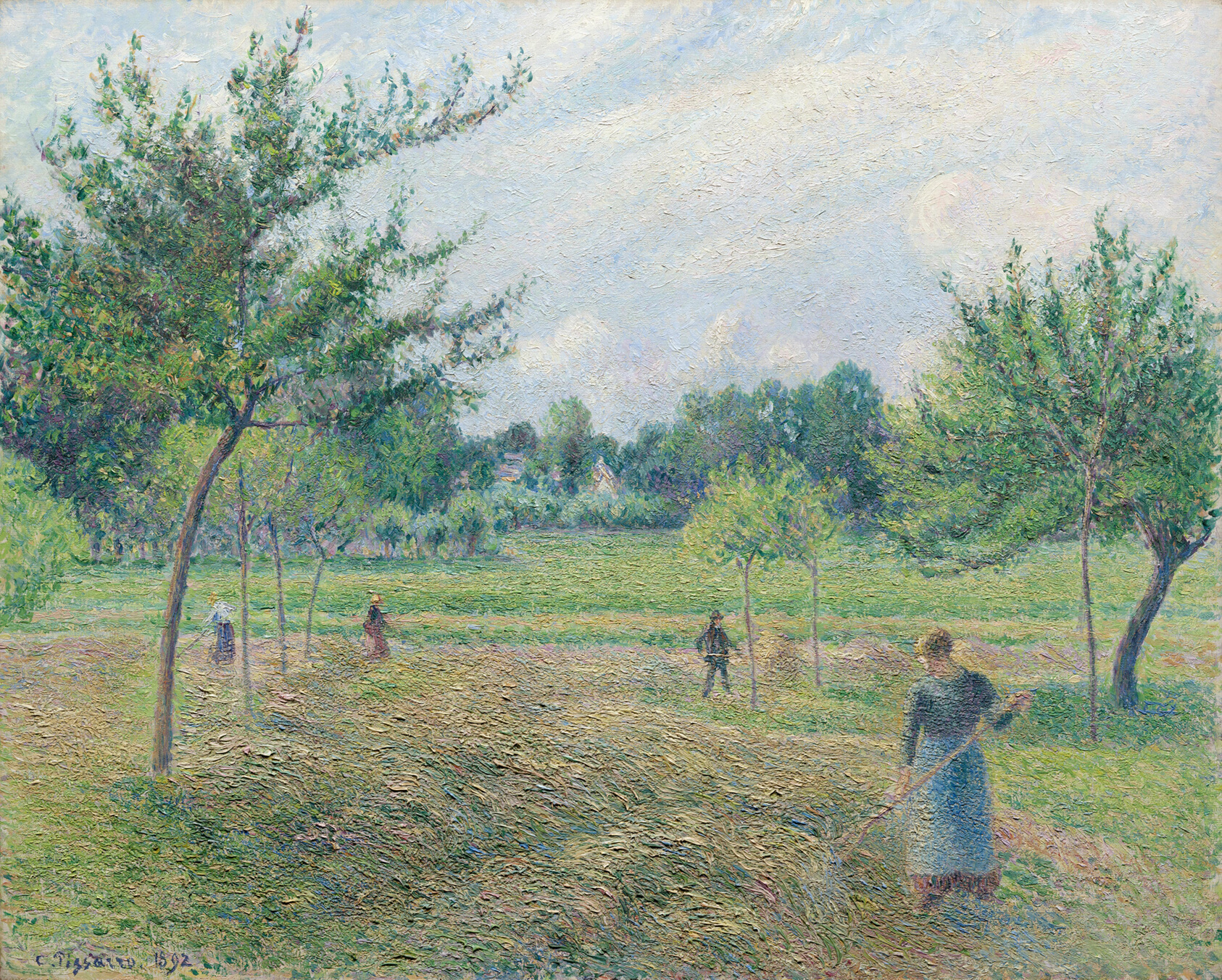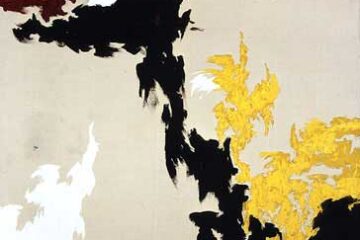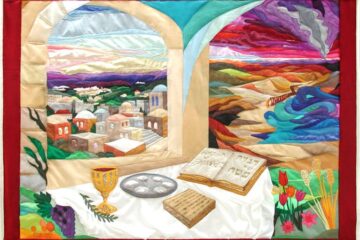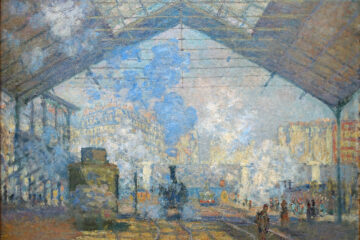We are here to do good; we have distinction; and we are noble. This is the realization of a fully actualized human being.
View the study sheet here. Recording here.

At approximately 4:00 p.m. on September 7, 1940, German airplanes appeared over London. For the next two hours 348 bombers and 617 fighters targeted the city and its civilian population. Hours later a second group of German planes, guided by the raging fires, launched another assault that lasted until 4:30 a.m. By the end of the twelve-hour period, 430 people had been killed and 1,600 were seriously injured. That day, the first day of the Blitz, came to be known as Black Saturday.
Eight months later, on the evening of May 10, 1941, there was a full moon over London. The River Thames was at low-ebb tide. The lunar condition, known as a “bomber’s moon,” made it easier for pilots to zero in on their targets. Beginning at 11:02 p.m. and lasting until 5:57 a.m., German bombers conducted 571 sorties, dropping 711 tons of high explosive bombs on the city. Compounding the damage was the Thames’ low tide, which impeded the ability of firefighters to draw water to suppress the devastating fires.
By the end of the raid, there had been 2,136 fires; 1,436 people had been killed; and 1,800 were seriously wounded. That particular assault on London became known as the “Hardest Night.” It was also the last major raid on London by the German air force. The Royal Air Force and the people of Great Britain had persevered and turned Germany back. Still, it would take another four years of fierce fighting before Germany and its allies would be defeated in a war that would result in the deaths of an estimated 70-85 million people, about 3% of the estimated global population.
Across the Atlantic, in May 1941, poet Wallace Stevens gave a lecture at Princeton University titled “The Noble Rider and the Sound of Words.” He remarked, “We know of the bombings in London.” But it was not just the horrors of those raids that formed Stevens’ sense of social collapse. He felt the cultural dislocation produced by Nietzsche’s observation that religion had lost its power, by the brutal social application some had made of Darwin’s notion of survival of the fittest, and by Freud’s assessment that unconscious drives shaped so much of human behavior.
Stevens acknowledged the sense of helplessness that can people can feel in the face of lost cultural coherence and rising brutality. He championed the role of the poet, the “noble rider,” as a source of illumination, especially during dark and unmoored times. But Stevens countered the notion that imagination is a counterpoint to reality. He insisted that the two are engaged in an essential interplay: “Poetry is an illumination of a surface, the movement of a self in rock….The imagination loses vitality as it ceases to adhere to what is real.”
In his poem “Angel Surrounded by Paysans,” Stevens imagines an angel who brings solace and light to a struggling community of peasants. But this angel is no heaven-sent being. It is one of the peasants: I am the necessary angel of earth/Since, in my sight, you see earth again/Cleared of its stiff and stubborn man-locked set.
Reviving imagination is born not in spite of but out of the everyday. It is a force for reconstructing the world from the ground up, not from heaven down.
In the nineteenth century the Impressionists rebelled against hierarchical control over art, its purpose and its subject matter. They embraced the everyday rather than the elite. They expressed on canvass the transitory rather than the eternal. Life was a dynamic of change more than a preservation of what has always been.
While all of the Impressionists painted outdoors in order to explore the fleeting nature of the present moment, Camille Pissarro was unique among them in choosing to live most of his life in the French countryside. In 1884 he moved with his family to the village of Éragny, 16 miles northwest of Paris. There he produced canvasses covered with images of the day-to-day life of French peasants.
Pictured here is his painting Haymaking in Éragny. In the foreground is a woman raking in the harvest, while others share in the work in the background. Framing the grain field is a small orchard. Two trees in the foreground curve slightly, giving a sense of movement. In the sky are shifting wisps of clouds, whose almost intangibility is countered by thick layers of paint that rise off the canvass.
Haymaking in Éragny is a landscape…but it is a humanized landscape. Pissarro painted very few landscapes without a human figure. The human as a part of natural life was a defining aspect of Pissarro’s work. His canvasses give presence to and honor domestic help, rural workers, and those selling their wares in village markets. A member of a diasporic Sephardic Jewish family and born on the island of St. Thomas, far from the center of artistic life, Pissarro had compassion for and elevated the non-privileged, the everyday. With his paintbrush he blessed them as conveyors of beauty. He wrote, “Blessed are they who see beautiful things in humble places where other people see nothing.”
Parshat Tetzaveh (“you shall instruct”) describes the priestly vestments to be worn by Aaron and his sons. They are to be designed as garments of dignity (kavod) and splendor (tiferet). The Hebrew word kavod is used everywhere else in Torah only to describe God. Here it is applied to a human being. Some kind of transfer is occurring. By its end, another exceptional element of this portion becomes evident. It is the only post-Genesis book in Torah that does not mention Moses by name. What does that absence mean?
Parshat Tetzaveh is read the week before the holiday of Purim, which celebrates the story told in the book of Esther of the triumph over brutality and the threatened destruction of the Jewish people. Two elements of that book connect it with Parshat Tetzaveh. It is the only other biblical text which also joins in a phrase the words kavod and tiferet, in a description of the robes worn by King Ahasuerus. And the book of Esther is the only biblical book not to mention God. What does that absence mean?
Two texts in which the primary authority figures are missing. When Esther must decide whether to remain safe by hiding her identity as a Jew or reveal her heritage as part of a plea to the king to protect the Jewish people from destruction, her uncle tells her: “Who knows but that you have come to your sovereign status for such a time as this.”
In the narrative of the story, Esther’s sovereign status refers to her being queen, King Ahasuerus’ wife. In a spiritual sense, it describes her as having become a fully actualized human being. That is who saves the Jewish people, not an intervening divinity. She is Stevens’ “necessary angel of earth.”
The absence of Moses from our Torah portion hints at the very nature of our existence. The only other place in Torah where the word tiferet appears is in Deuteronomy. Moses tells the people: “God made you for praise, for a name and for tiferet.” We are here to do good; we have distinction; and we are noble.
However troubling, destructively cynical and brutal any time might be, we can rise to the occasion as “necessary angels of the earth.” We are enrobed in dignity and splendor. And we can be sources of imagination that illuminate an earth “cleared of its stiff and stubborn man-locked set.”
Join us here at 7:00 p.m. (PT) on Thursday March 6 as we explore to see the earth again.
Oil on canvass Haymaking in Éragny by Camille Pissarro








